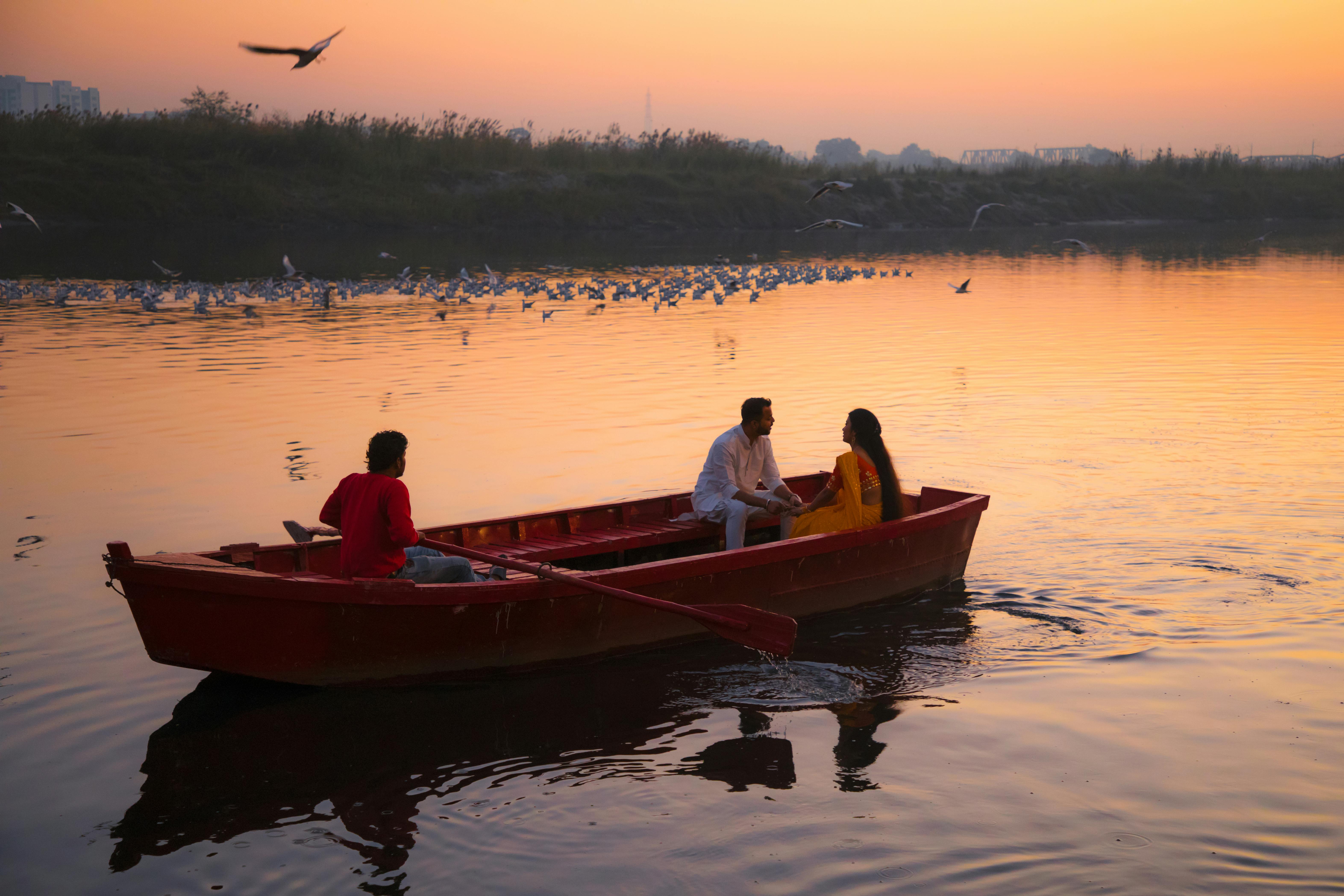Indigenous languages in Bihar are more than dialects — they are living archives of water wisdom, floods, farming traditions, and rituals passed down for centuries. Rooted in the fertile plains between the Himalayas and the Ganga, these dialects preserve ecological knowledge that modern water management often overlooks. The gradual loss of these languages is not just cultural erosion; it is a threat to India’s water resilience and sustainability.
A Rich Water Lexicon Shaped by Rivers
The North Ganga Plain of Bihar is interlaced with over 200 rivers and streams flowing down from the Himalayas. Communities here have long evolved vocabularies tied to the shifting curves of rivers. Unlike English, which has only “flood” and “deluge,” Bihari dialects recognize at least five distinct terms — badh, boh, sah, huma, and pralay — each describing the severity and nature of floods. This precision in language reflects centuries of intimate coexistence with water.
Villagers once adapted to floods, viewing them as friends that replenished soil and ensured fertility. Proverbs along the Balan River captured this harmony: Aibo Balan to badbo daalan, jaibo Balan to ghatbo dalaan — linking prosperity to floods. But modern flood-control policies have disrupted this balance, leaving rivers unpredictable and eroding traditional wisdom.
Colonial Naming and Cultural Shifts
In Bihar, rivers were once revered as mothers and deities. Colonial rulers, however, reframed them negatively. The Kosi became the “Sorrow of Bihar,” the Damodar the “Sorrow of Bengal.” Such renaming stripped rivers of their cultural sanctity, eroding local ecological memory and traditional practices tied to them.
Proverbs, Predictions, and Practical Wisdom
The everyday speech of Bihar’s people once encoded flood prediction and agricultural timing.
-
Signs of floods: In the Gandak basin, chhap-chhap paani (the sound of ankle-deep water) was an early warning. Words like boha aa gail (flood has come) in Angika or pani chadha ta in Bhojpuri signaled urgent action.
-
Nature’s indicators: Red ants carrying eggs foretold rain; frogs like bengchi beng and byagar beng signaled monsoon phases; leaping baikhi fish warned of floods.
-
Seasonal sayings: Sawan ke paani, sona ke khani (rain is a mine of gold) celebrated rainfall’s role in rice farming, while badhi main machri ke din, kisaan ke dukh (a boon for fish, a curse for farmers) showed floods’ dual impact.
These proverbs acted as citizen science, equipping every farmer with knowledge about winds, rains, and best sowing times.
Rivers in Language and Life
River names themselves carry deep meaning:
-
Budhi Gandak — “old” Gandak, flowing slow and far.
-
Dhanauti — linked with prosperity (dhan).
-
Bagmati — symbolizing rush and energy (beg).
-
Kosi — the “womb” (garbh) that deposits sand, swallows villages, and is both nurturing and destructive.
Even women’s jewelry, like chandrahar and anguthi, mirror the rivers’ bends and loops, highlighting how geography shaped culture. The famous proverb sums it best: Kos kos pe badle pani, tin kos pe badle vani — “every few miles, water changes, and with it, the speech.”
Why Preserving Languages Matters for Water Security
Linguistic diversity and ecological abundance are deeply intertwined. As indigenous languages vanish, so too does invaluable water knowledge — from flood prediction to sustainable farming. This loss leaves India more vulnerable to climate challenges and water insecurity.
Preserving indigenous languages in Bihar means protecting centuries of ecological memory. By documenting dialects, proverbs, and folk wisdom, and linking them with modern sustainability practices, communities can strengthen resilience against floods, droughts, and environmental crises.
The Way Forward
Language preservationists and environmentalists must collaborate to safeguard Bihar’s dialects and their water wisdom. Community-based projects that encourage the use of local speech, celebrate proverbs, and record folk traditions can revive ecological memory. Protecting indigenous languages is not just about culture — it is a strategy for sustainable water management and environmental resilience.








2 Comments
John Doe
Posted on: March 13, 2025Leverage agile frameworks to provide a robust synopsis for high level overviews. Iterative approaches to corporate strategy foster collaborative thinking to further the overall value proposition.
John Doe
Posted on: March 13, 2025Leverage agile frameworks to provide a robust synopsis for high level overviews. Iterative approaches